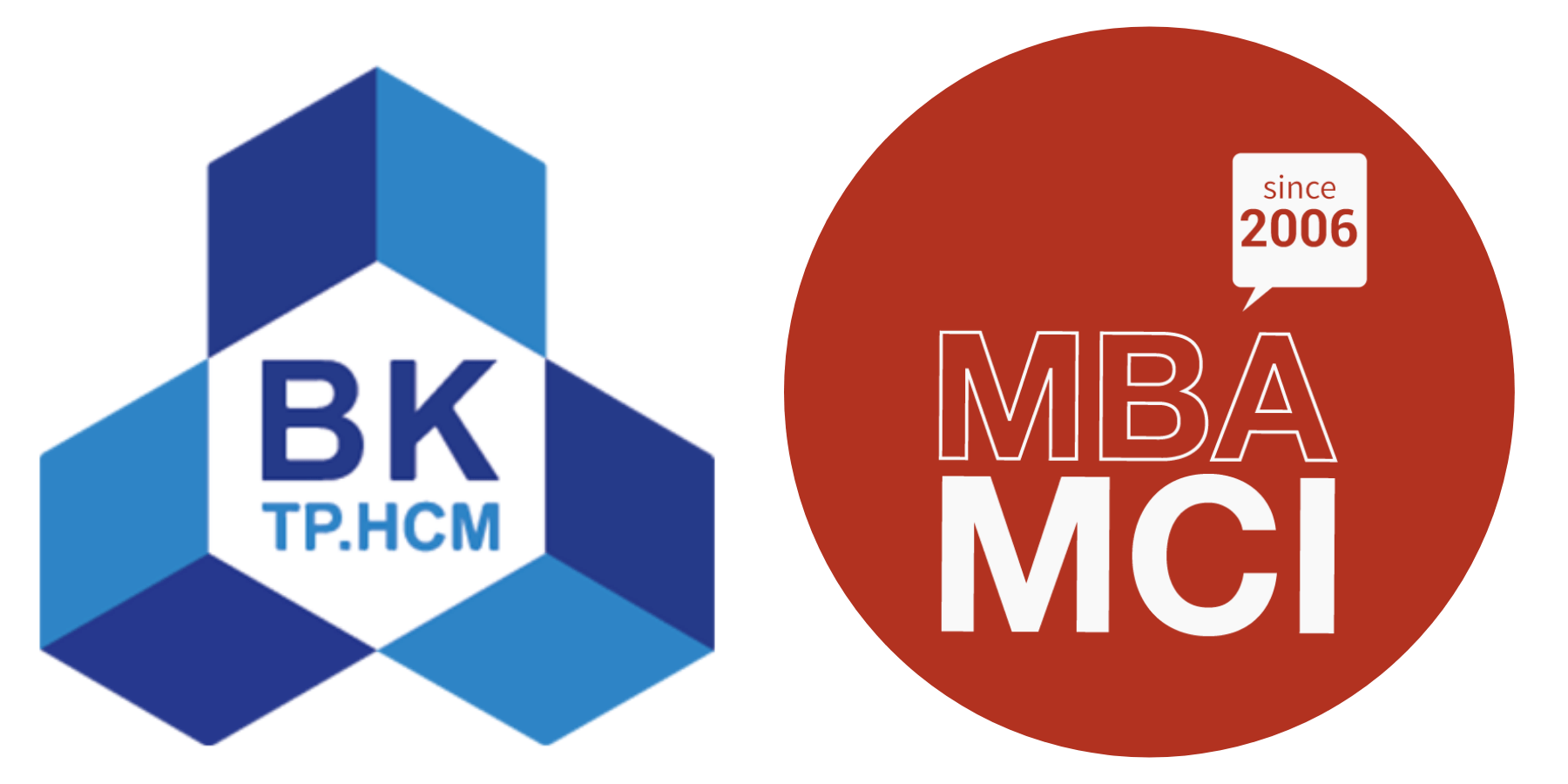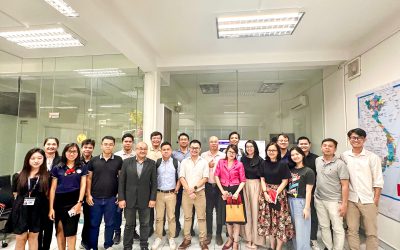
Effective consulting skills are invaluable to managers. While many managers do not want to be “consultants,” they do in fact have internal customers who depend on them for professional advice.
This month’s article looks at effective internal consulting skills as well as how to select and manage outside consultants.
Definitions
The consulting skills we think should be in every good manager’s skill set include:
- Creativity to find new solutions and new options
- Good communication skills of all kinds
- Respect for clients, confidentiality and culture
- Vision to see possibilities beyond the obvious
- Partnership in working with clients or customers – both internal and external
- Leadership in setting an example for others to follow
- Flexibility in facilitating change or adapting to changing needs.
How Managers Use Consulting Skills
If you manage a Customer Support department, you should already understand how effective consulting skills could help you by responding to the needs of your customers.
How does the manager of a manufacturing operation or someone in the Accounting department use consulting skills?
First, let’s back up a bit and look at what a consultant does when they are presented with a new assignment.
Ten Step Consulting Process
- Entry. The process starts by someone asking for your help. The client or customer could be an internal customer or someone who reports to you who needs your help. In the entry step, communication skills are key. You must listen to the person describe their problem, what they think may be wrong and their ideas for how to resolve it.
- Contract. This step involves defining what you will do. You must be clear about your role in the process of finding a solution, what steps are involved, determining how much time it will take and how much it will cost (if appropriate). The skills needed here are creativity (creating a plan), flexibility (being adaptable to your client’s needs), partnership (working with your client to define the scope of the problem-solving “project”) and vision (seeing beyond your first impressions).
- Data Collection. The next step is gathering all the facts needed, contacting people who may provide more information and organizing that information. The key skills needed in this step are respect (for the people you contact for more information), partnership (working with the various people involved) and communication (listening to them, understanding what they are saying and transforming that understanding into something tangible). In many situations, you must use appropriate respect when you obtain confidential information that needs to be protected or limited to those who need to know.
- Analysis. This step involved transforming data into information and searching for key items that provide clues to a solution to the original problem identified by the client. This step involves creativity (seeing the patterns in the data), flexibility (trying different approaches) and leadership (organizing information into a coherent fashion).
- Feedback. This step gives an update to your client on what you have found so far. At this point, you do not yet have a solution to the problem but your client needs to know your data collection method and the results of that process.
For example, suppose you are investigating a complaint about someone and the request came from your boss. You might need to develop a list of questions to be asked of those who know about the situation. In the feedback step, you would present your list of questions to your boss with a summary of the relevant points that everyone agrees on and the differences in their knowledge of the situation.
Obviously, communication plays a huge part in this step as does flexibility if your client wants to change the process or does not agree with your interpretation of the data you gathered. - Alternatives. This is where your vision, leadership and creativity are most used. You use vision to see beyond the information you have collected and use your creativity to develop new possibilities. As the “consultant” in this process, your leadership skills help you develop a list of alternative actions that would solve the original problem presented to you. You might also ask others to add alternatives and spend some time discussion the outcome of each alternative, which uses your partnership skills.
- Decision. This step often involves several people, so again communication is important. Use your communication skills to present the alternatives. Your partnership and leadership skills are important in working with all the people involved in coming to a decision about what should be done.
- Action. This where the results of all the other steps are executed. Communication is important in letting people know the decision and what is expected of them. Partnership and leadership skills are important in guiding people to accept the decision and the actions they must perform. You may need to use flexibility and creativity if some people resist the decision or the action required.
- Evaluation. This step looks back at the entire process and reviews what happened, what lessons were learned and what might be done differently in future situations. Evaluation will also occur along the way as checkpoints in a large project. This step requires leadership skills in setting an example. If a problem is large enough to take time and energy to solve, isn’t it important enough to be learned from? The evaluation step provides time to organize, file or dispose of whatever files were created. It also provides an opportunity to use whatever was learned in a positive way for the future.
- Exit. This step is the official end to a project. In large projects, this might be the delivery of a final report to the client, requiring communication skills. In other situations, the final step is the acknowledgement that it is done and people can move onto something else, requiring leadership skills.
We have elaborated on the 10 steps from the book, Getting Things Done When You Are Not in Charge, Chapter 10 “Consulting to your Internal Customers, ” which provides much more information. The author notes, “When you are consulting with others, get in, help and get out.”
Using consulting skills as part of your management style
Consulting with people who report to you may seem a strange concept, but the process and results are the same. Someone asks for your help, you gather information, work through finding alternatives, make a decision, implement some action and go on to something else.
A “consulting” management style is very different from a “command and control” management style where someone gives an order and everyone is expected to simply obey. Highly productive, positive corporate cultures do not use the autocratic management style of command and control because it does not work with educated, self-aware people who expect more participative involvement in their work environment.
Many managers have learned from or worked for a command and control boss so have to learn how to be more flexible and use different skills to achieve what they want. Consulting skills are most effective at gaining support from others. In management, especially in today’s high-pressure corporate environments, having people you can trust and who trust you is vital to moving forward in your career.
Gaining a reputation as someone who cooperates with others, is flexible, communicates well, shows creativity in solving problems and demonstrates leadership will help you immensely. Compare that to the manager who gives orders, does not listen well, thinks they know the right answer and does not work well with others. Which of those two is likely to have the most support when time comes for promotions?
Evaluating and managing outside consultants
Outside consultants play a vital role in all areas of business. They may help with defining needs, provide short-term staff assistance, provide interim management, manage an entire project or assist with any project you can define.
As a manager or executive asked to evaluate a large consulting company, a boutique consulting company or an individual consultant, it is important that you understand what skills consultants have, how they work, how to select them and how to manage them.
Definitions:
The Big 5 consulting companies are:
- Accenture (formerly Andersen Consulting a spin-off of Arthur Andersen)
- Deloitte & Touche (merger of Deloitte Haskins Sells with Touche Ross)
- Ernest & Young (merger of Ernst & Whinney with Arthur Young)
- PriceWaterhouseCoopers (merger of Price Waterhouse and Coopers Lybrand)
- KPMG (formerly Klynveld Kraayenhof & Co, William Barclay Peat & Co, Marwick, Mitchell & Co., and Deutsche Treuhand-Gesellschaft)
Examples of other large international consulting companies include Booz Allen & Hamilton, Cambridge Technology Partners (merging with Novell), Cap Gemini (recently acquired by Ernst & Young), Electronic Data Systems (EDS), HCL, IBM, McKinsey, Perot Systems, SAP, Siemens Medical Solutions and Systems & Computer Technology (SCT). There are many more not listed here.
Boutique consulting firms are smaller companies serving a local area or specializing in a focused area of consulting services. Examples are Information Management Resources Inc (IMRI), AEF Systems, Consulting Professionals United (CPU) and our firm, Rainbows & Miracles etc.
Choosing a consulting firm
Choosing a consulting firm is as important as choosing an employee. The consulting firm or consultant will be with you for the duration of a project and you depend on them to do some critical task for your company. If you choose poorly, your company will suffer and your professional reputation will suffer as well. If you choose wisely, you will likely have a successful experience.
Advantages and disadvantages of large firms
For very large projects, management often wants to use the larger consulting firms because they provide breadth and depth of resources as well as a strong reputation for expertise in a needed area.
Advantages: Large firms can usually bring in additional resources quickly. Many of the large firms also use small firms to supplement their resources on a contract or partnership basis. In government projects, using smaller firms helps the firm meet small business and diversity goals.
Disadvantages: Large firms are usually the most expensive. You may find individual consultants assigned to your project who have little real world experience – for example, recent college graduates. You may also find that you have less influence over the people assigned to your project than when dealing with a smaller firm. You may have turnover in the people assigned to your project. You may be one of hundreds of clients for the firm and, therefore, receive less of the firm’s attention.
Advantages and disadvantages of smaller firms
With smaller firms, you have more influence on the project and the team assigned, although there are fewer people to choose from.
Advantages: Your costs will be less with a smaller company because their overhead is lower. Many smaller firms are part of a network of consulting companies so may be able to draw on additional resources as needed.
With boutique firms, you will have more control and influence over the project and the team assigned. Your relationship with the firm will usually be stronger and you may get their attention when there is a problem faster than with a larger company.
Many consultants in small firms have previously worked in large firms, so their skills are comparable. Boutique firms rarely use inexperienced people because it could destroy their reputation. Boutique firms must develop strong client relationships and referrals, which keep them in business.
Disadvantages: Because the firms are smaller, the types of projects they can handle also is smaller than a firm that can place 100 people at your site quickly. If you request a change in someone assigned to your project, it may take longer to find a better fit. If your needs change, it may take longer to adjust the team structure to fit the revised project.
Evaluating a consulting firm
You may select a consultant or a consulting firm based on a reference from someone you trust or hire someone you have worked with in the past. If you are a large company or government agency with a very large project, you may issue an RFP then interview the responding firms.
Regardless of what size the consulting firm, you should spend some time getting to know the consulting firm, their methods and their people before making a final decision.
Evaluate the consulting firm’s partners, senior partner, account manager, project manager and staff consultants for evidence of appropriate skills. Do this in interviews and in your reference checks. Be sure that you meet the team of people who will be working on your particular project.
Consider the list of consulting skills in evaluating firm and the team members:
- How well do they show respect for your needs, your situation, your people, your schedule and your budget?
- How well do they show creativity in approaching your particular problem?
- How well do they communicate? Do they return calls promptly, do they listen well, do they demonstrate they understand your situation in their written communications, do they provide follow-up to outstanding issues?
- How well do they use vision to see possibilities and move past any obstacles?
- How well do they use partnership skills in working with you, your staff, their other clients or customers?
- How well do they demonstrate leadership in their approach to your situation and your project?
- How well do they demonstrate flexibility in adapting to changing needs or changing requirements?
Choosing between a large firm and a small firm is a decision based on the needs of your particular project. You may choose to use a large firm for part of a project, use a smaller firm for another part of a project or use an individual consultant you like working with. All the consultants you retain should be able to work well with all other members of your “team,” whether inside staff or outside staff.
Managing a consulting firm
Managing consultants is as important as managing any vendor or any member of your staff.
Consultants need general direction from you, but should be able to work without day-to-day management since that is why you hired them.
You should receive regular written status reports and have regular meetings (at least weekly) with the Project Manager to go over the status of their work.
The consulting firm should bring your attention to any problems that crop up as quickly as possible and you should work with them to resolve any issues. You are paying them to deliver some result and you must be prepared to help them get through any political issues when needed.
A consulting project is a team effort – each member of the team has schedules, deadlines, tasks, roles and responsibilities that must be completed for the project to be successful. That team effort requires that you trust the consultants to do their job and they must trust you to do your job.
Hiring an outside consulting company can create internal problems if a staff member is jealous or is bypassed in the decision-making process, so be aware if conflicts or delays appear. The procedure for handling these should be addressed before the consulting company begins work, although conflicts may not appear until the consultants are already in place.
Good consulting firms are aware of potential client problems and will be conscious of ways to make sure everyone is committed to working together in a productive manner.
Monitoring progress
Together with the project manager or account manager, you and the consulting firm will monitor progress against schedules, deadlines and budget expense. If the schedule slips, deliverables are not completed on time or your costs are growing more than they should, discuss those issues as soon as possible.
Many projects change over time so adjustments often must be made. These decisions are always between client management and the consulting firm’s management. Do not allow a project to get out of control due to a desire not to create conflict. If you are meeting regularly with the project manager and/or project team, you will stay close enough to resolve small issues before they become large issues.
If you are not getting good feedback from your consulting team or you feel at all uneasy about what they are doing, address the issues as quickly as possible with the consulting firm’s management. Allowing issues to fester and grow will cause more damage than facing them squarely. Such issues will not go away by themselves.
Occasionally, a consulting firm must be removed from a project – an unpleasant event for all concerned.
Completing the project
When it’s time to wrap up, make sure that you and the consulting firm agree on the wrap-up procedure. Be willing to write reference letters if asked or be a future reference for the firm’s work.
Good consulting firms will leave your situation better than when they arrived. Your people should understand what was done, where the files are and how to continue the work without the consultants. Your staff should have learned what is needed to continue from the consultants.
Hold a review session to go over lessons learned and ask the consulting firm to provide a written wrap-up report.
Hold a party to celebrate a successful project and provide mementoes for everyone who has worked hard to achieve success.




